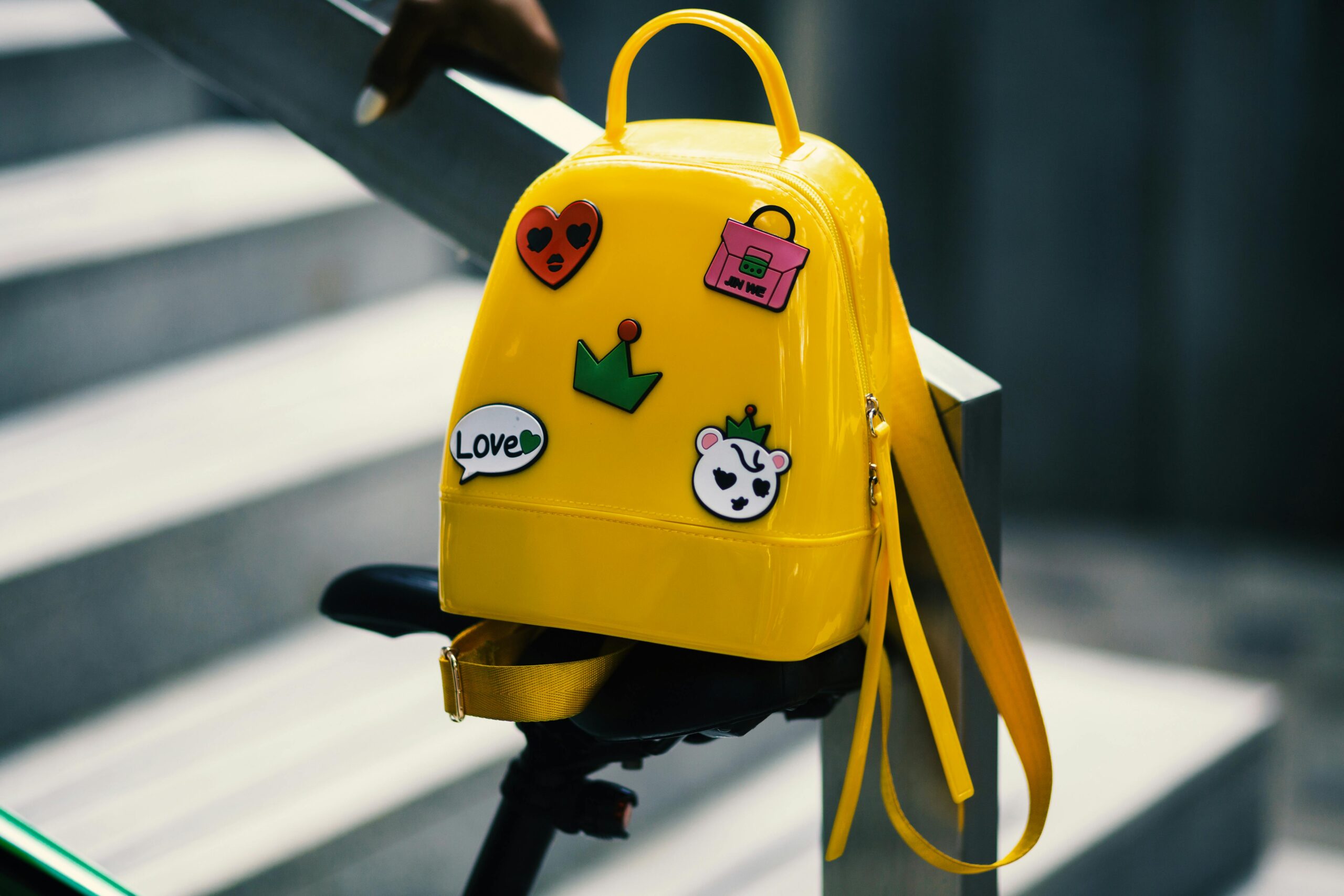Lesson plans, readings, and resources to inspire your students.
Enrich your classroom with The Common magazine: poems, essays, stories, and images that provide fresh, global perspectives on place and placelessness, home and belonging, migration and exile.
Living with an Author and a Translator
Adapted from Curtis Bauer, The Common’s Translation Editor, and Director of Creative Writing Program and teacher of Comparative Literature at Texas Tech University.
In this exercise you will explore the multidimensionality of a poem, essay, or story by “living with” the author and translator: reading and thinking about their work every day for a week. This is a multi-step assignment so read carefully and make sure you plan in advance.
Step 1: Read “How to Read a Translation” by Lawrence Venuti. From your issue of The Common or from the website, choose one work in translation that you like enough (or perhaps that is difficult or strange or intriguing enough) to spend a week with.
Step 2: Keep a written journal about your experience, using the following assignments:
- Day 1: Read your piece twice. Write at least two paragraphs (200 words) detailing your initial reactions, explaining why you chose it.
- Day 2: Read the piece out loud. Then circle the words, phrases, sections that jump out at you (because they surprise you, annoy you, because you like the sound of them or don’t like the sound of them, etc). Look up any word you don’t know and then write at least a paragraph (100 words) about why you think the author used those particular words (please include a list of the words you circled).
- Day 3: Read your piece. Paraphrase in a paragraph (at least 100 words) what is happening in your own words. You can use phrases like, “And then the author says that..” and “Next the author describes…” (remember to identify the piece by title).
- Day 4: Read the piece again. Then research information about the author and about the translator. Write a paragraph (at least 100 words) about what you learned and how this influences your understanding of the piece.
- Day 5: Read your selected piece out loud to someone else (friend, parent, girlfriend, boyfriend, uncle, stranger) and write one paragraph (100 words) about this person’s reactions and your feelings/thoughts while reading it aloud.
- Day 6: Reread Venuti’s “How to Read a Translation” and consider how you have been reading your piece. Write two paragraphs (200 words) about what you learned from this.
- Day 7: Read your piece one last time really, really slowly, line-by-line. Then reread your first journal entry from Day 1. Write two paragraphs (200 words) about how your initial reactions to this piece has changed. Include a description of your favorite and your least favorite parts as well as any images or sounds or interpretations that stand out to you after this week of living with this piece.
Step 3: During class discussion, you should be prepared to discuss why you chose your piece, what you learned about the author and translator, and the experience of living with this author and translator for a week.
Learn more about teaching The Common and request a free sample issue.




